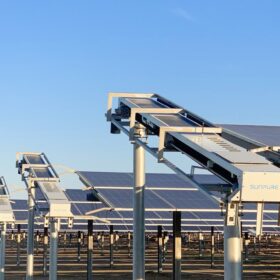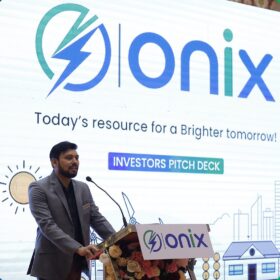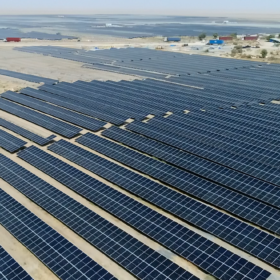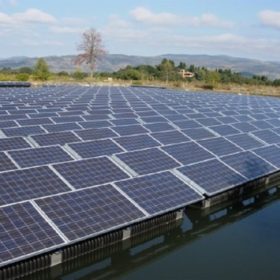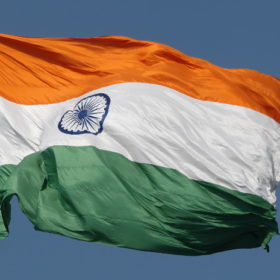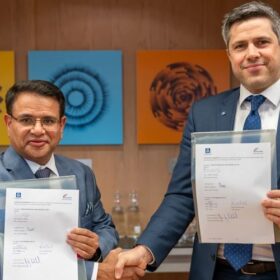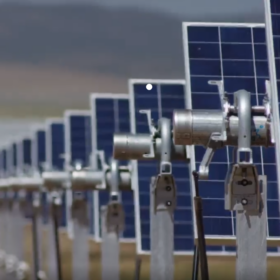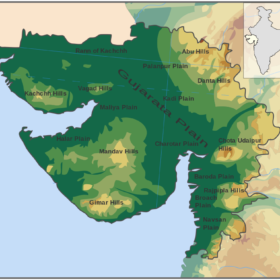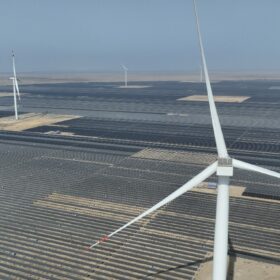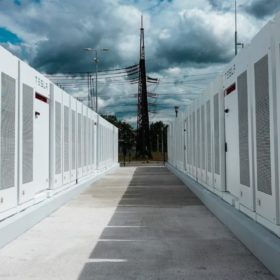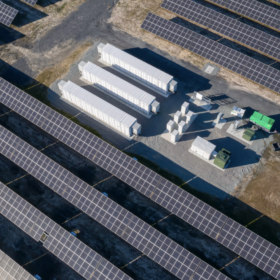Sunpure to supply PV robotic cleaning solution for the world’s largest green hydrogen plant
Sunpure will supply Larsen & Toubro with water-free PV cleaning robots for the world’s largest utility-scale hydrogen plant powered entirely by renewable energy.
Onix Renewable to launch IPO by the end of 2024
Onix Renewable said it intends to use the proceeds from the issue to finance its renewable power projects and scale up solar module production capacity to 1.2 GW.
GUVNL allocates 1,125 MW of solar capacity at an average price of $0.032/kWh
JSW Neo Energy, Engie, NHPC, NTPC Renewable Energy, and SJVN have emerged winners in Gujarat Urja Vikas Nigam Ltd’s auction for 1,125 MW of grid-connected solar capacity.
Prime Minister Narendra Modi lays foundation stone for 22 MWp floating solar plant in Himachal Pradesh
The 22 MWp floating solar project will be developed by SJVN with Hartek Solar as the engineering, procurement and construction (EPC) service provider.
Rays Power Infra secures EPC orders for 520 MWp of solar projects
Rays Power Infra has secured three solar EPC orders in Gujarat and Assam.
The Hydrogen Stream: Acme to supply 100,000 tons per annum of green ammonia to Yara
Acme has secured a long-term offtake contract with Norway’s Yara for 100,000 tons per annum of ammonia from renewables.
BluPine Energy acquires 369 MW of solar assets from Acme Group
BluPine Energy has acquired Acme Group’s 369 MW of solar power assets in Uttarakhand, Punjab, and Karnataka.
SJVN wins 200 MW solar in GUVNL auction
SJVN Green Energy Ltd will develop a 200 MW PV plant at Khavda Solar Park in Gujarat to supply power under a 25-year power purchase agreement with Gujarat Urja Vikas Nigam Ltd (GUVNL).
Prime Minister Narendra Modi to inaugurate 580 MW of solar projects, lay the foundation of more than 1.8 GW
Prime Minister Narendra Modi will inaugurate today NHPC’s 380 MW solar project in Rajasthan and SJVN’s 200 MW of PV projects in Uttar Pradesh. He will also lay the foundation of Bundelkhand Saur Urja Ltd’s 1.2 GW Jalaun Ultra Mega Renewable Energy Power Park and TUSCO’s 600 MW Lalitpur solar power project in Uttar Pradesh
AmpIn Solar begins work on PV cells, modules manufacturing facility in Odisha
AmpIn Solar, a JV between AmpIn Energy Transition and Jupiter International Ltd, is setting up the 1.3 GW per annum solar cells and modules manufacturing facility in Odisha under the government’s production-linked incentives (PLI) scheme.

